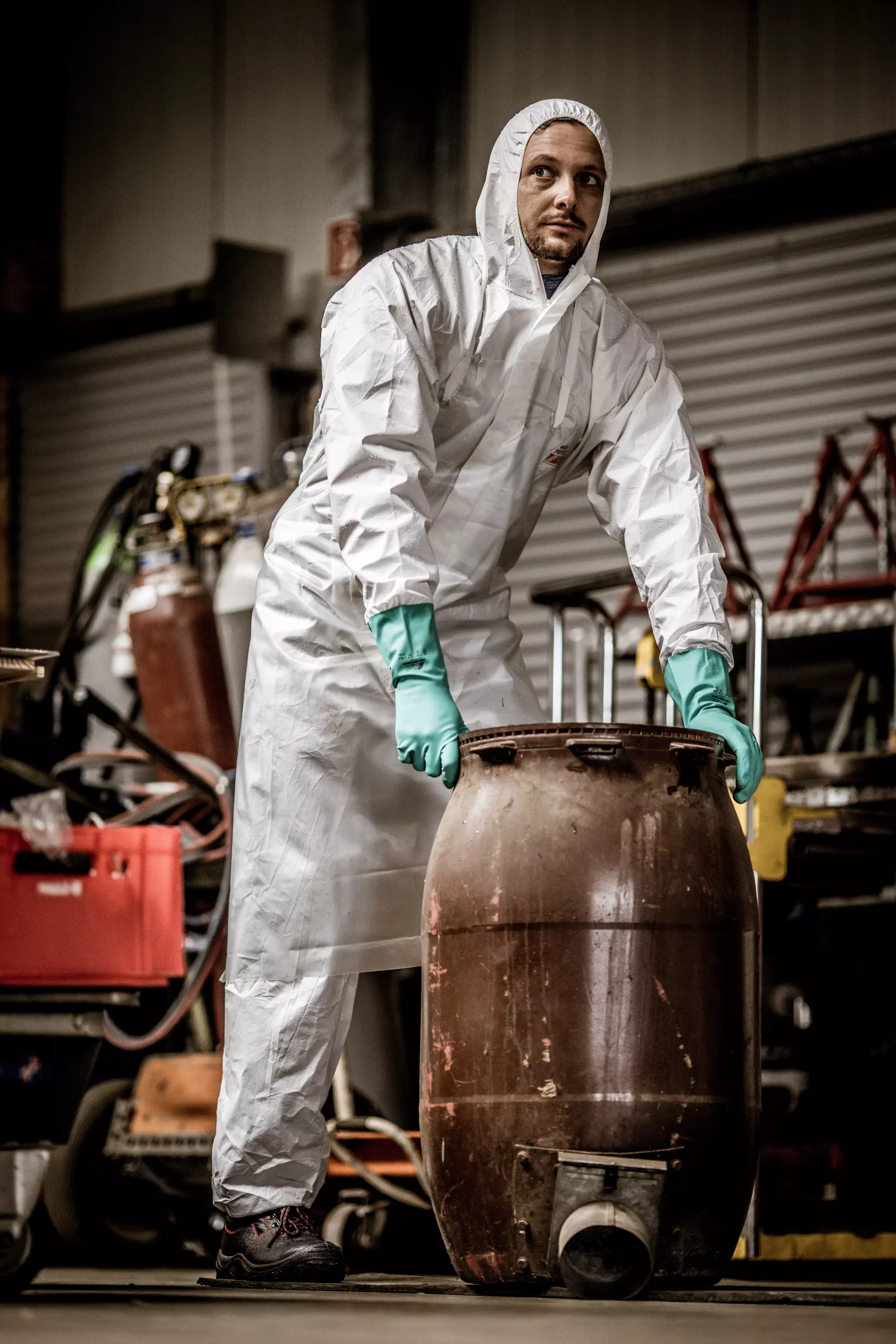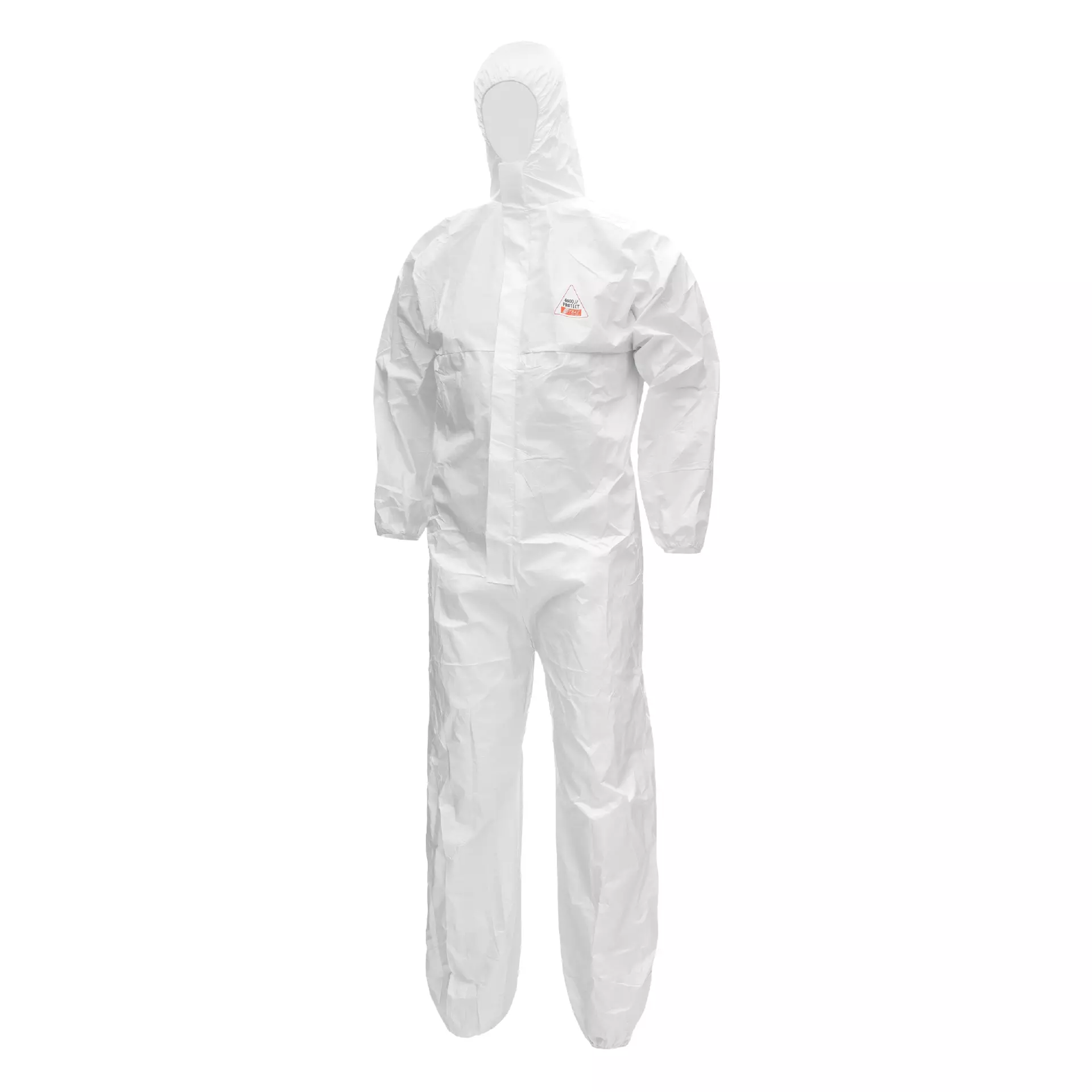
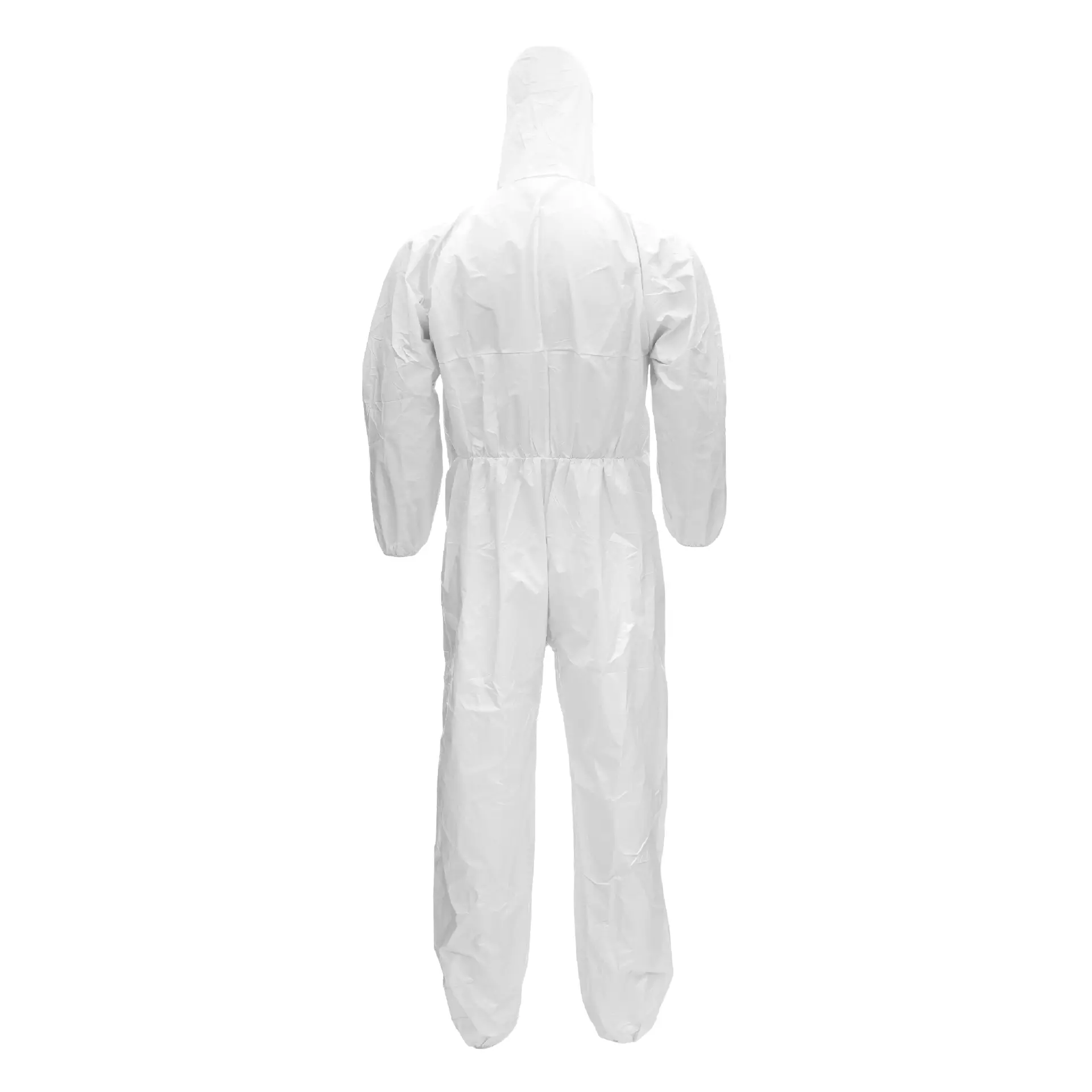
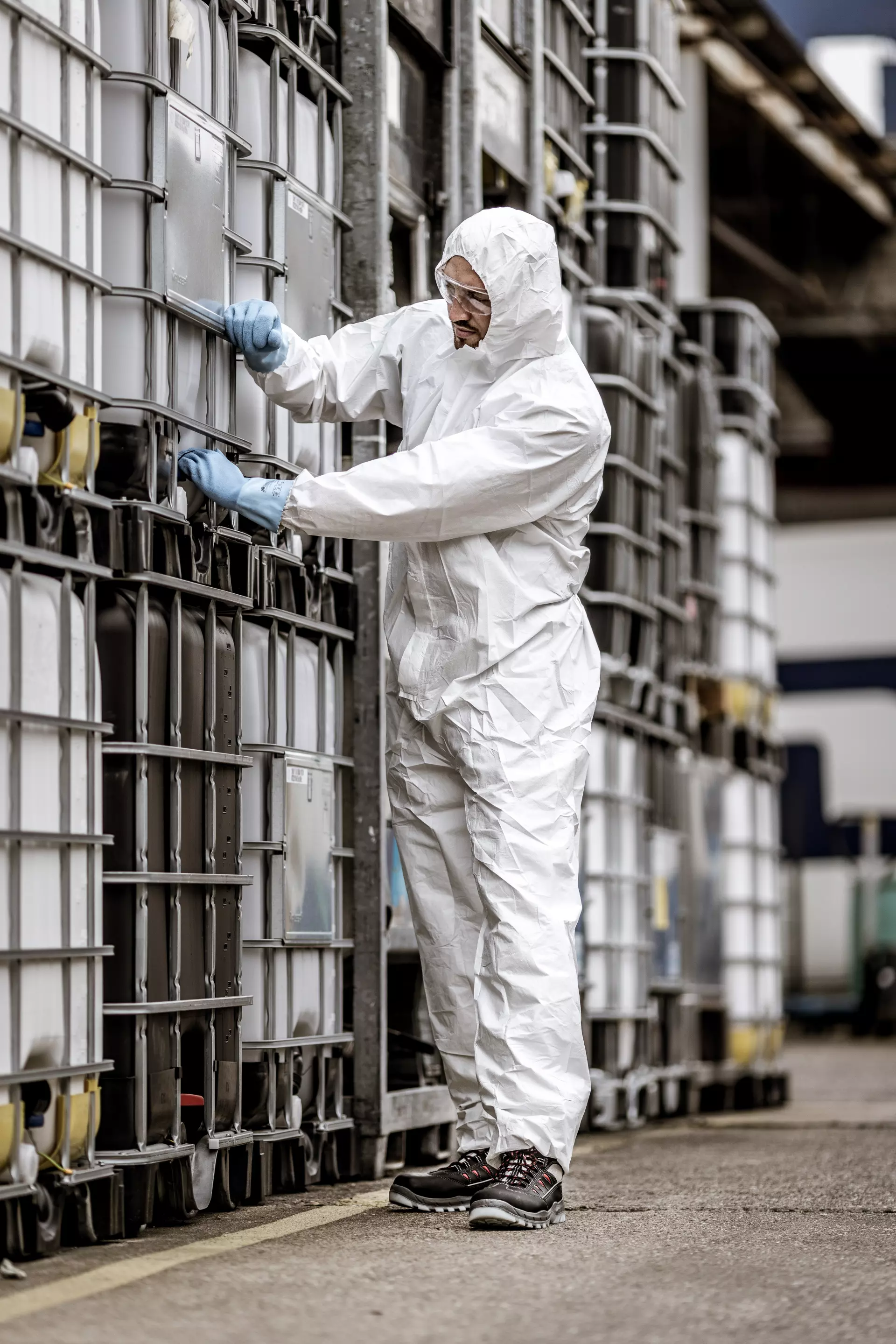
Features You'll Love
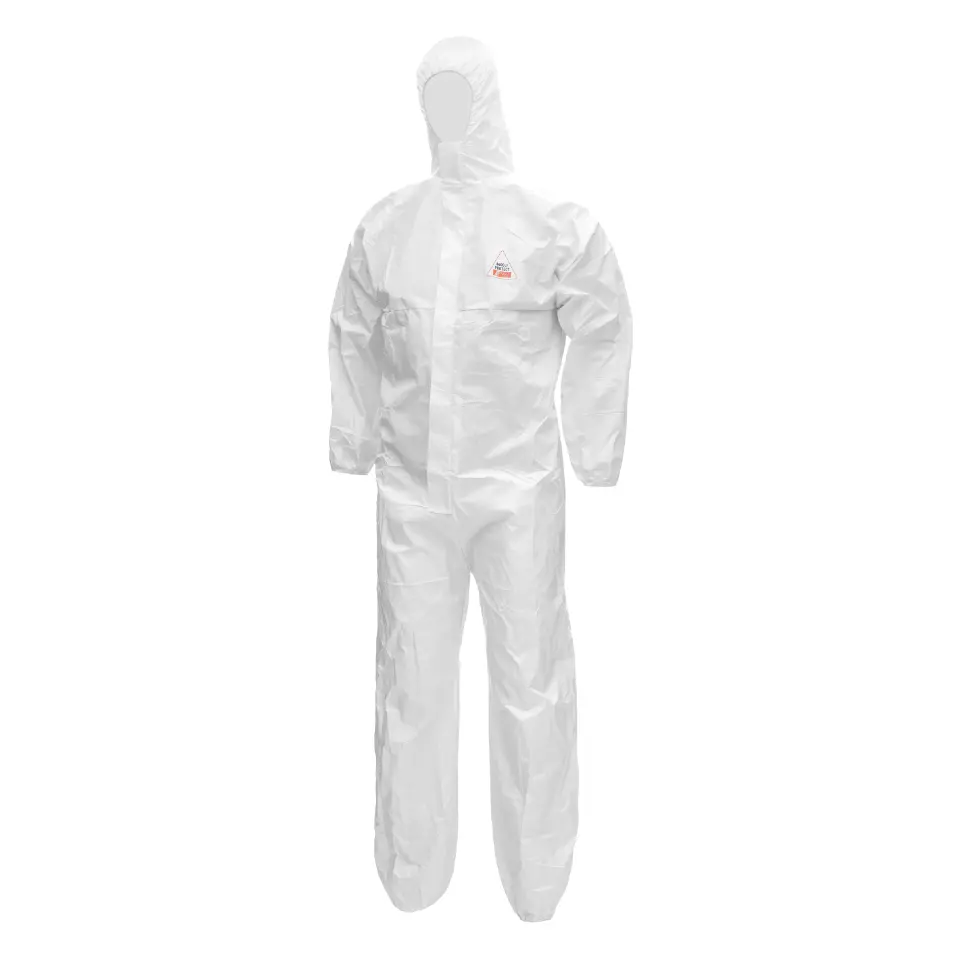
Fabric Features · Anti-pilling
Describes special fabric treatments and finishes that affect durability, maintenance requirements, and performance of the overall material.

Overall Type · Hooded
An integrated hood offers complete head protection, shielding you from dust, debris, and splashes for enhanced comfort and safety on the job.
Nitras
PROTECT Protective Overall, White, 50 pieces
PROTECT Protective Overall, White, 50 pieces
(14)
102,89 €
Price per 50 packages (50 pcs)
2,06 € / piece
Choose size
Free delivery
Features You'll Love

Fabric Features · Anti-pilling
Describes special fabric treatments and finishes that affect durability, maintenance requirements, and performance of the overall material.

Overall Type · Hooded
An integrated hood offers complete head protection, shielding you from dust, debris, and splashes for enhanced comfort and safety on the job.
Product description
This advanced chemical protective overall combines SMS material with laminate film construction to deliver comprehensive protection against particles, limited liquid chemicals, and biological agents. Meeting multiple safety standards including Type 5-B and Type 6-B certifications, it features electrostatic dissipative properties and protection against radioactive contamination. The breathable construction and ergonomic design elements ensure comfort during extended wear while maintaining high protective performance.
Product Features:
- Three-piece hood with elastic endings for optimal fit
- Continuous zipper with double cover and adhesive tape
- Three-piece crotch design for enhanced mobility
- Elastic waist, sleeve, and leg endings
- Low lint construction for clean environments
Technical Details:
- Shell fabric: 50% polypropylene, 50% polyethylene
- SMS material with laminate film construction
- High tear strength composite material
- Breathable and comfortable fabric structure
Standards:
- EN ISO 13982-1 Type 5-B certification
- EN 13034 Type 6-B certification
- EN 1149 for electrostatic properties
- EN 14126 for protection against infectious agents
- EN 1073-2 Class 1 for radioactive contamination protection
